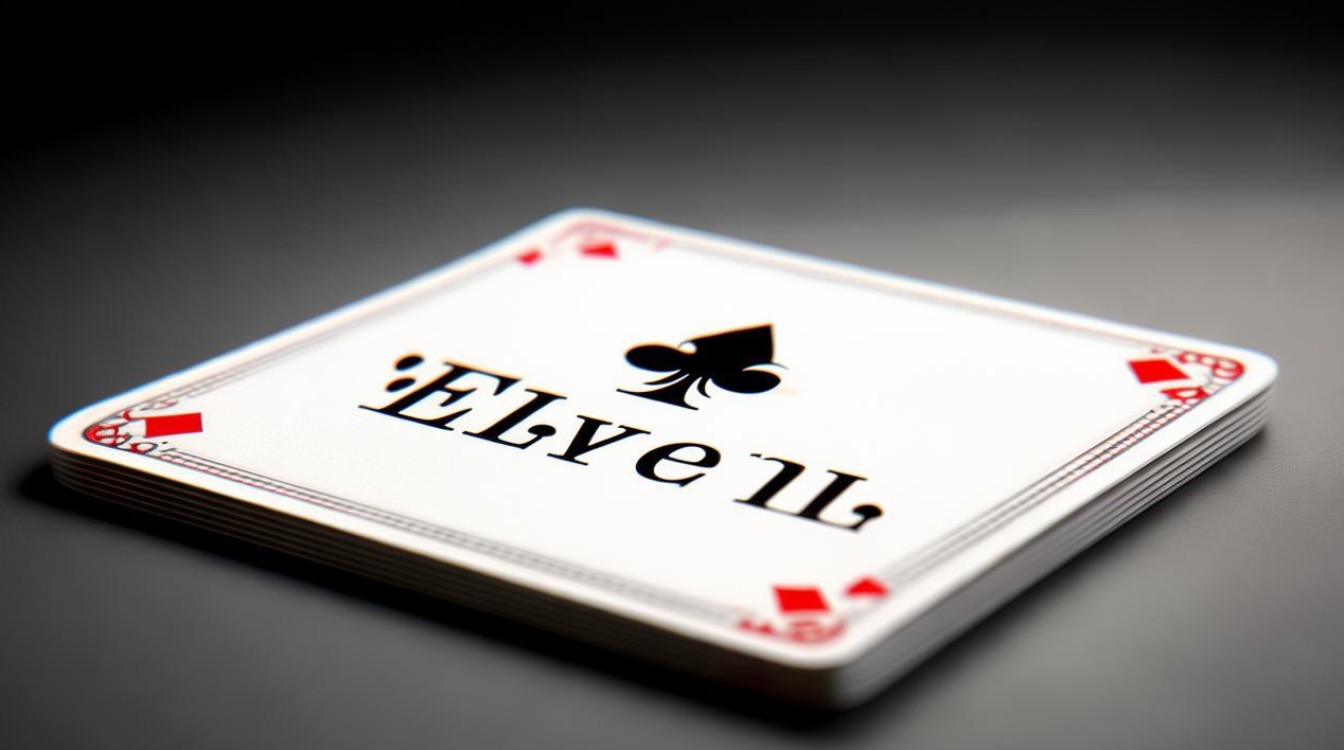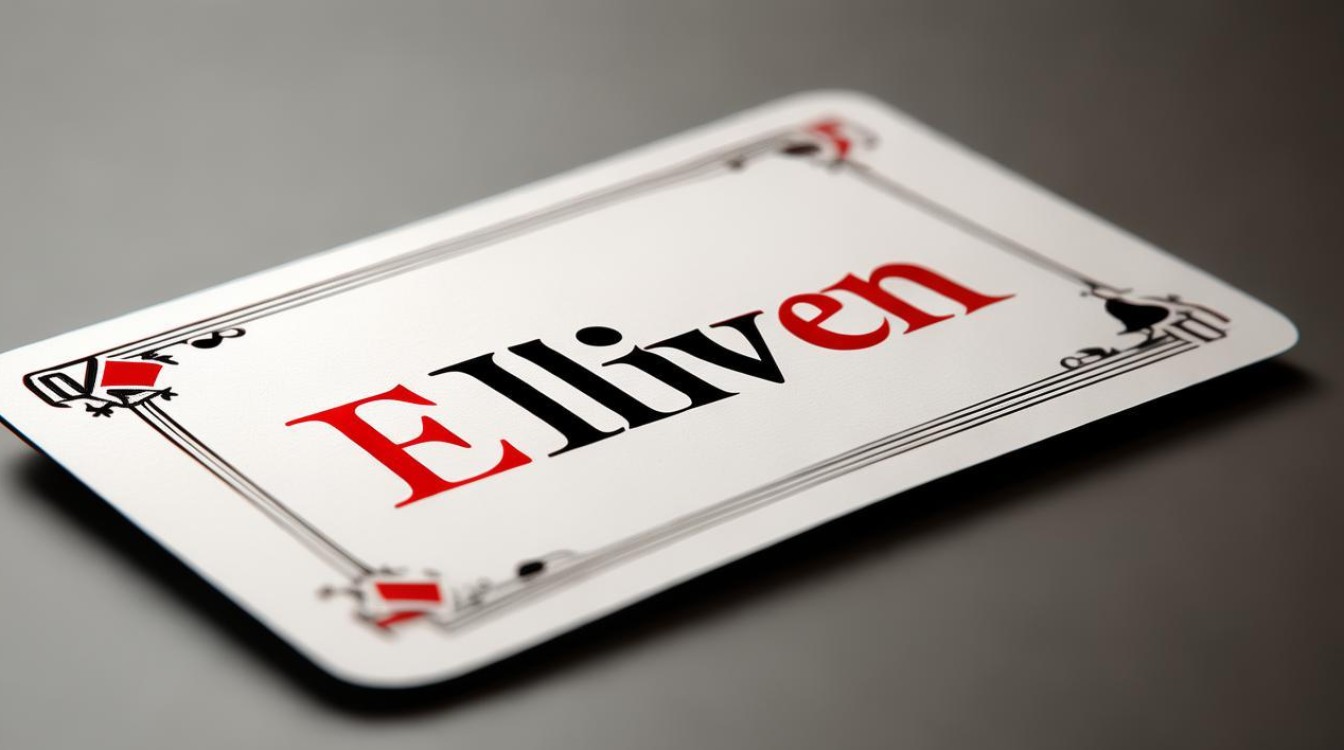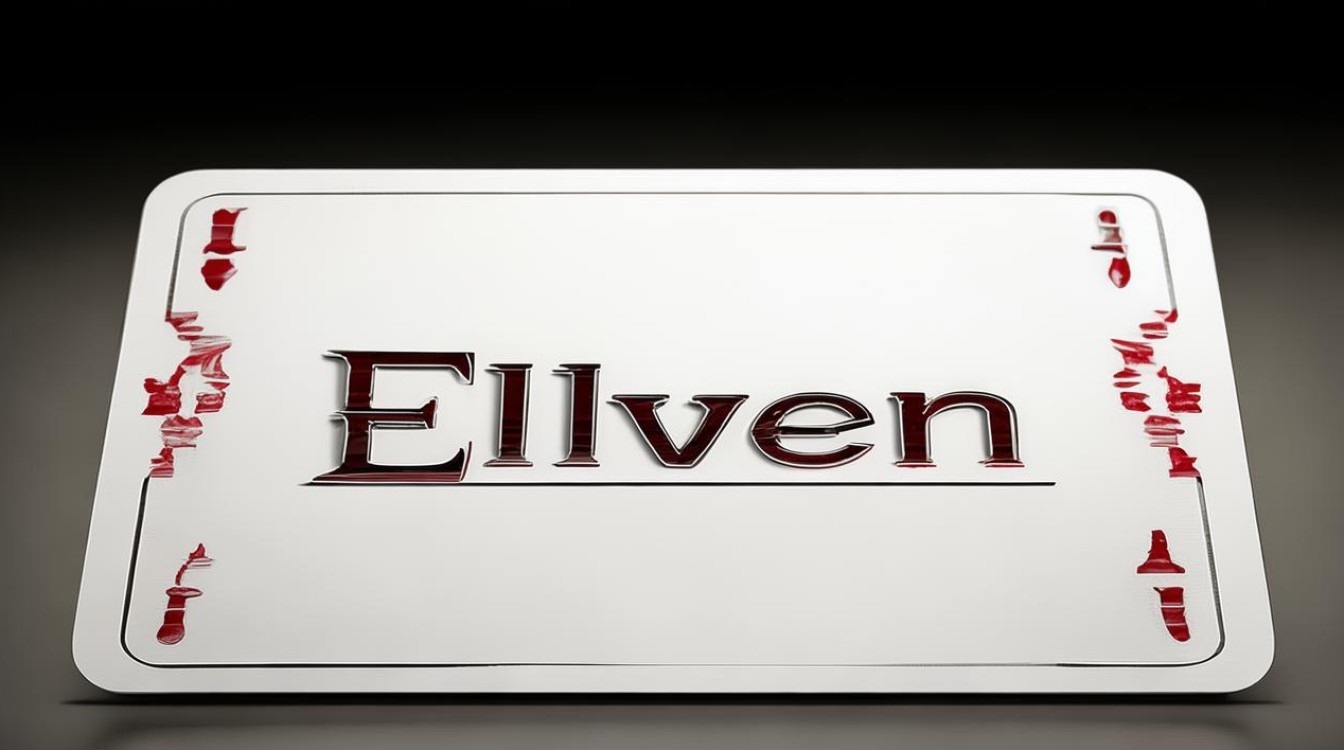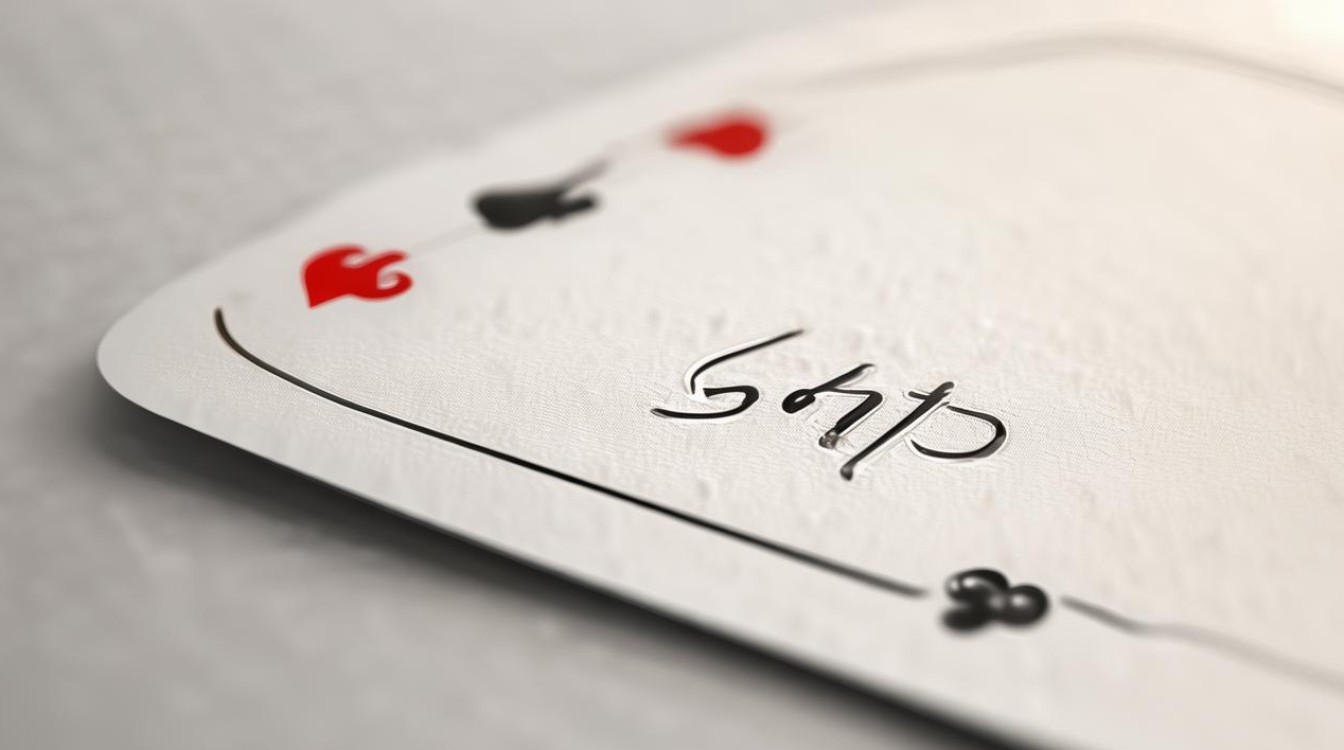When discussing playing cards, the terminology varies across languages and cultures. In English, the number "eleven" is rarely used in standard decks. Instead, the face cards and numbered cards follow a specific naming convention. Understanding these terms enhances gameplay and cultural appreciation.

The Structure of a Standard Deck
A standard deck contains 52 cards divided into four suits: hearts, diamonds, clubs, and spades. Each suit includes 13 ranks, from Ace to King. The numbered cards run from 2 to 10, followed by the face cards—Jack, Queen, and King.
Interestingly, the number "eleven" does not appear as a standalone card. The sequence jumps from 10 to the Jack, which historically represented the 11th rank. This naming tradition stems from European card games, where court figures replaced numerical values for higher ranks.
Why Isn’t There an "Eleven" Card?
The absence of an "eleven" label is rooted in history. Early card games used a hierarchy where face cards held more significance than numbered ones. The Jack (originally called the Knave) was positioned as the lowest court card, effectively taking the place of 11. Over time, this structure became standardized in English-speaking regions.
In some European games, like Tarot, numbered cards extend beyond 10, but traditional poker and bridge decks stop at 10 before introducing face cards. This design simplifies gameplay while maintaining strategic depth.
The Role of the Jack
The Jack serves as the de facto "eleven" in many card games. For example:

- In blackjack, the Jack counts as 10, aligning with other face cards.
- In poker, the Jack can form high-value hands like a pair or a straight.
- In rummy, it acts as a versatile card for sequences and sets.
Its function varies by game, but the Jack consistently bridges the gap between numbered and royal cards.
Comparing Card Terminology Across Languages
Different languages handle card ranks uniquely. For instance:
- French: The 11th rank is the "Valet" (equivalent to the Jack).
- German: The "Bube" serves the same purpose.
- Spanish: The "Sota" replaces the Jack.
These terms highlight how cultural influences shape card naming conventions. English retains the French-derived "Jack," while other languages use distinct titles.
Common Misconceptions About Card Ranks
Some players assume the Ace replaces 11, but its value is flexible. In many games, the Ace can be 1 or 11, depending on context. For example:
- In blackjack, an Ace counts as 11 unless it causes a bust.
- In poker, it can form a low straight (A-2-3-4-5) or high straight (10-J-Q-K-A).
This duality makes the Ace unique, but it doesn’t fill the role of an "eleven" card.

The Evolution of Card Design
Modern decks reflect centuries of refinement. The Jack’s imagery often depicts a soldier or servant, reinforcing its position below the Queen and King. Historical decks sometimes included additional ranks, but the 52-card format prevailed for its balance and versatility.
Collectible decks, like those used in magic tricks or themed games, may introduce alternate rankings. However, the standard Jack-as-11 equivalence remains dominant.
Practical Implications for Players
Knowing card terminology improves communication and strategy. For example:
- When a game refers to "face cards," it includes the Jack.
- In trick-taking games, the Jack can be a high or low trump, depending on rules.
- Memorizing card values helps in probability-based decisions.
This knowledge is especially useful in international settings where players may use different terms for the same rank.
The Jack in Popular Culture
Beyond gameplay, the Jack appears in idioms and folklore. Phrases like "jack of all trades" or "one-eyed jack" (referring to the Jack of Spades and Hearts) showcase its cultural footprint. Card symbolism also influences literature and art, with the Jack often representing cleverness or mischief.

Final Thoughts
While the English word "eleven" doesn’t appear on playing cards, the Jack fulfills its role in sequence and function. This linguistic quirk reflects the rich history of card games, where tradition and practicality intersect. Whether you’re a casual player or a seasoned strategist, understanding these nuances adds depth to every hand dealt.
The next time you hold a Jack, remember—it’s more than just a face card. It’s the hidden eleven, a bridge between numbers and royalty, and a testament to the enduring legacy of deck design.


